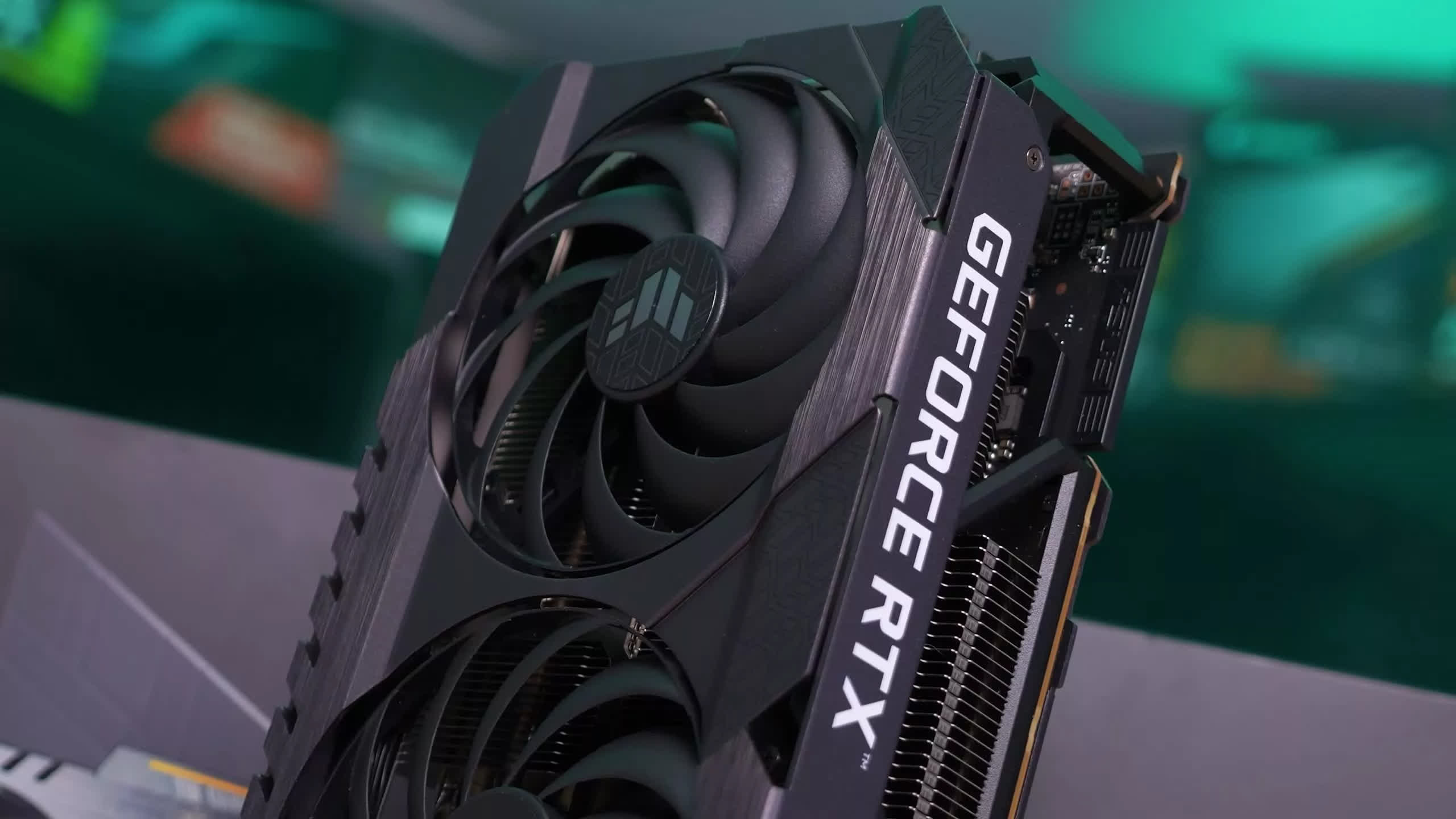Why it matters: After the unprecedented market conditions throughout 2021 and 2022, graphics card prices seemed to fall back to Earth recently. However, tariff exemptions enacted earlier this year will expire at the end of the month, meaning 2023 could compound the price increases the latest GPUs introduced.
Graphics cards and other devices could face 25% import tariffs starting January 1, 2023, if the US Trade Representative's office (USTR) doesn't reinstate exceptions set to expire at the end of this year. The USTR so far hasn't indicated its decision on the matter.
The issue started when the Trump administration enacted tariffs on Chinese-made goods. In March, the USTR reinstated exemptions on hundreds of products, including printed circuit boards (PCBs), a definition under which devices like motherboards and GPUs fall. The decision followed the urging of manufacturers like Nvidia, Zotec, and HP, who cited the lack of non-Chinese GPU manufacturing.
The effect of the GPU tariff exemption was blunted by massive price inflation from crypto mining and supply chain shocks. Those prices only returned to normality in the last few weeks after the crypto crash, and Ethereum's switch to proof-of-stake effectively ended crypto mining.
Two sources told me @amdradeon, @IntelGraphics , and @NVIDIAGeForce graphics cards are going to be subject to new import tariffs in January. Anyone smarter than me (that is not saying much) know how to look that up and get some linkage? If so, Dec. might be a better time to buy.
--- Kyle Bennett (@KyleBennett) November 30, 2022
Sources recently told industry veteran Kyle Bennett that the tariffs would return in January, indicating the USTR might not reinstate the exemptions. Going back to enforcing those tariffs could worsen the sizeable price hikes Nvidia's GeForce RTX 4000 series graphics cards introduced compared to their respective RTX 3000 predecessors.
A recent analysis from 3DCenter shows that, while the $1,600 flagship RTX 4090 delivers a price/performance improvement over its Ampere counterpart, the 3090, the 4080 is a worse deal than the 3080. Although we have a good idea of the 4070 Ti's specs, we can't judge it until we see its MSRP.
Nvidia CEO Jensen Huang defended the RTX 4000 prices by declaring, yet again, the death of Moore's Law. Regardless of the law's status, recent consumer hardware trends don't indicate the typical cost-per-transistor decrease. These higher costs largely stem from TSMC's expensive 4nm node process.
New tariffs likely won't send the market back into crypto-era prices, but they won't alleviate ongoing inflation. Vendor tricks like moving the end of the manufacturing process out of China won't help either because the expiring exemptions include unfinished PCBs.
